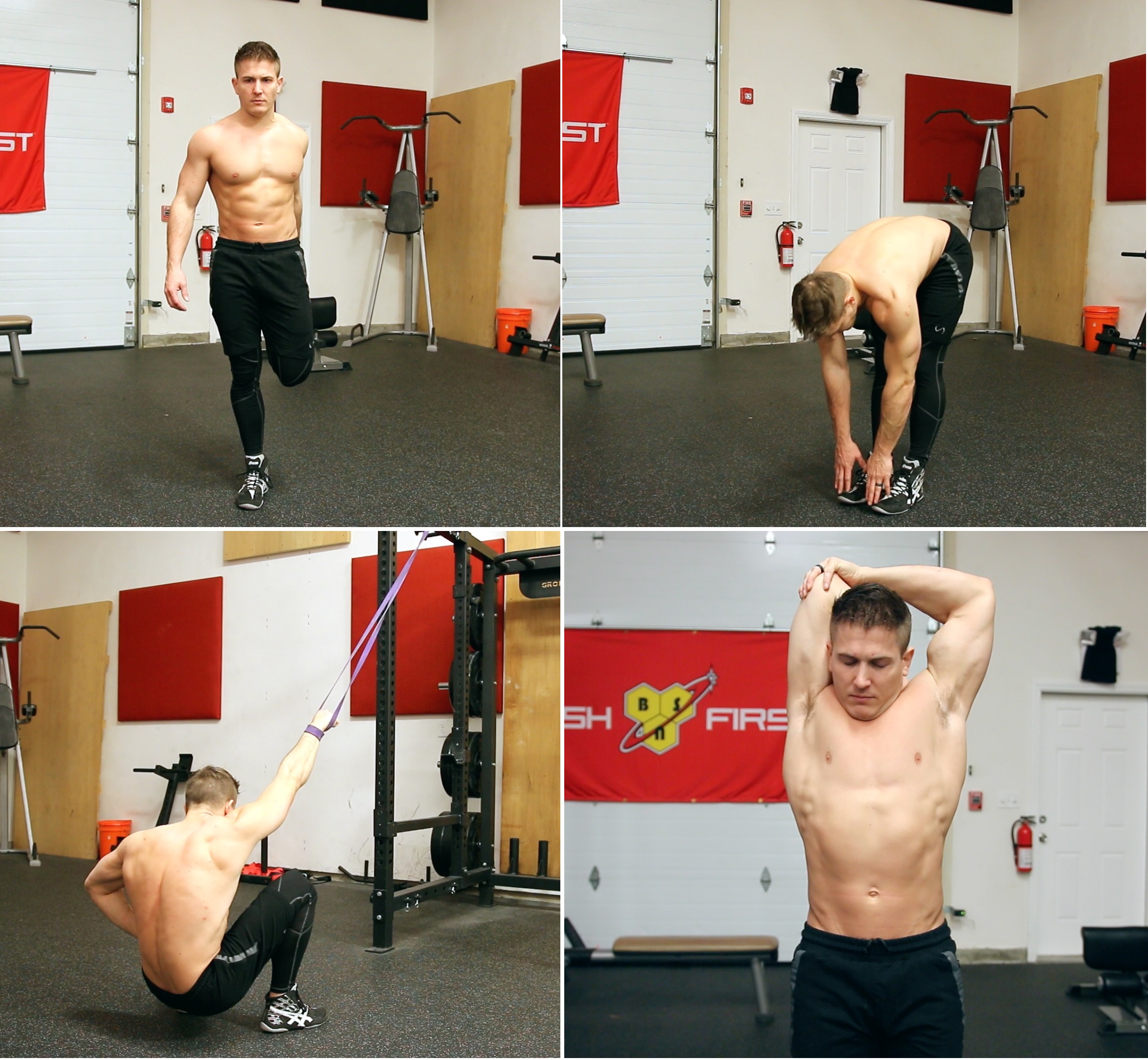2 Muscle Gain Tips Nobody Knows About
Bodybuilding Secrets Revealed!
With the new year almost here I want to do my best to give you guys as many quick tips as I can to get you ready to make the most of your muscle gains in 2018. So if you missed my last video where I talked about the 3 Muscle Building Mistakes I wish I knew before I started lifting, you can check it out by clicking the blue highlighted words above.
Today, we’re going to go over the 2 muscle gain tips that nobody really talks about, but can be insanely beneficial for you. Especially if you’re having a hard time with growing specific bodyparts and these tips both relate directly to Stretching the fascia around your muscles.
Tip #1 – How, When and WHY Should You Stretch The Facia?
First of all, you’ve all heard me talk about how static stretching should never be done before training, and that still stands. This is because static stretching is the quickest way to lose that muscle elasticity that helps you train with heavy loads. Static stretching requires you to hold a stretch for more than 20 seconds and this results, in simple terms, in you disconnecting your muscles from your nervous system which makes them weaker. Another way to explain this is that they essentially lose their stretch-reflex potential. Just like a rubber band, if you hold it stretched for a long time, when you finally let it go it will retract, but not back to its original tight form. So if you’re going to stretch before a workout, stick to dynamic stretching to force blood to the area you’re about to train.

However, don’t think static stretching has no place in your training. Believe it or not it can actually help you’re muscle gains if performed AFTER your workout. This is because static stretching stretches the fascia which is almost like a sack that surrounds your muscles. Simply put, if the fascia is too tight, your muscles don’t have room to grow optimally. But by spending some time stretching the fascia after training, we’re giving the muscles we trained more room to grow.

The second reason why static stretching after training is great for muscle growth is because during the stretch you’re cutting off blood circulation to the muscle and then once you release the stretch new blood forces its way back in bringing vital oxygen and nutrients it needs to start the repair process. To take advantage of this tip, all you need to do is spend 5 to 10 minutes after your workout static stretching the muscles you trained. For example, if you just trained chest, static stretch your chest with 3 – 4 sets of 30 – 60 second holds resting 20 – 30 seconds between sets.Now you don’t have to KILL YOURSELVES with these stretches. Apply pressure with the stretch, but don’t try to rip and tear the muscles apart.

Tip #2 – Flexing Between Sets!
Believe it or not flexing between your sets can help expand the fascia as well and give a lot of the same benefits we just talked about. Remember that flexing brings more blood to the area which brings oxygen and nutrients and can help increase the intensity of the pump you get from your workouts which is ALWAYS a good thing

Also, for those of you who have a hard time really feeling your muscles as you train them, flexing between sets can help establish a stronger mind-muscle connection which over time will lead to more intense and efficient workouts! For example, if training chest, a great way to FLEX the area would be to push your hands together and hold this for about 10 seconds max. But remember, you still need to REST between sets, so doing the flex once between each set for about 10 seconds is enough to make a difference.

Conclusion
There you have it, these are my two muscle building tips. Static Stretching AFTER training and flexing between sets. I know, it sounds too simple and too good to be true, but in my experience it’s the little things that make the biggest differences when it comes to fitness!








